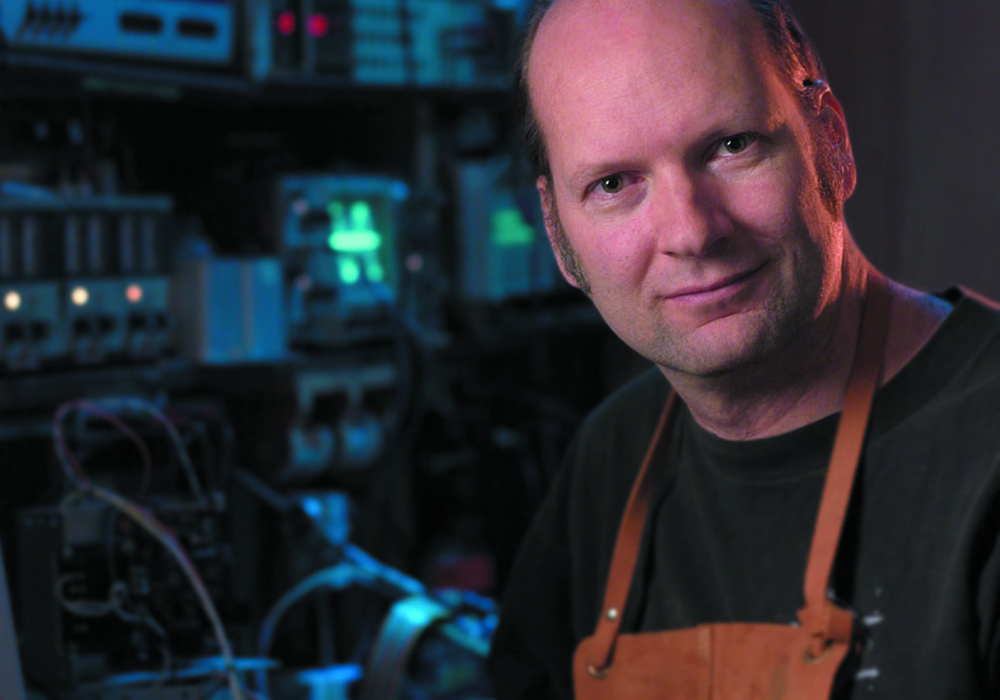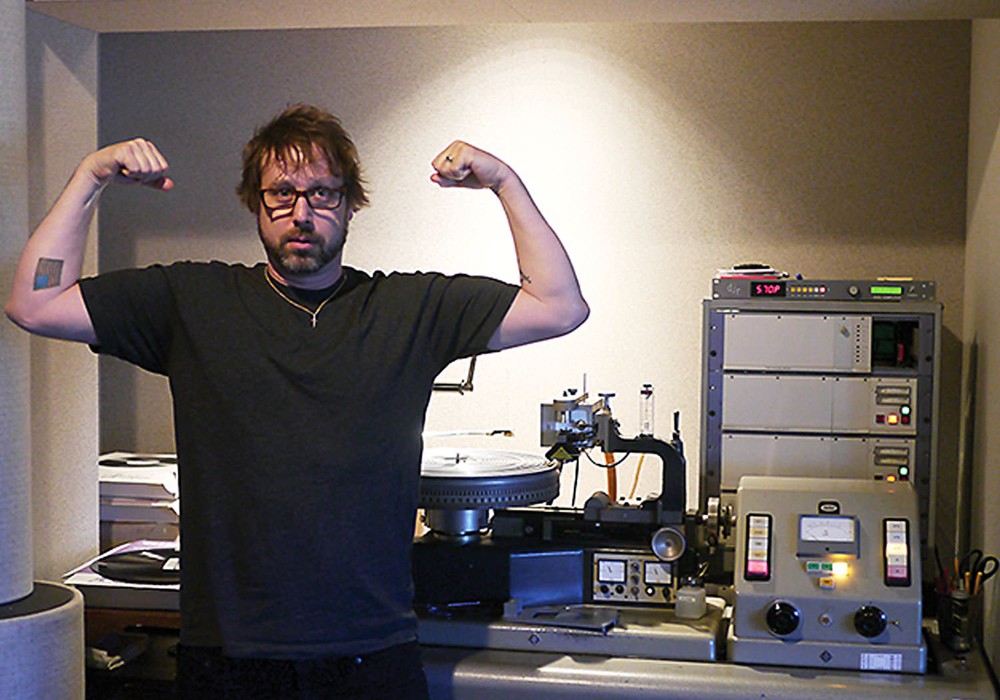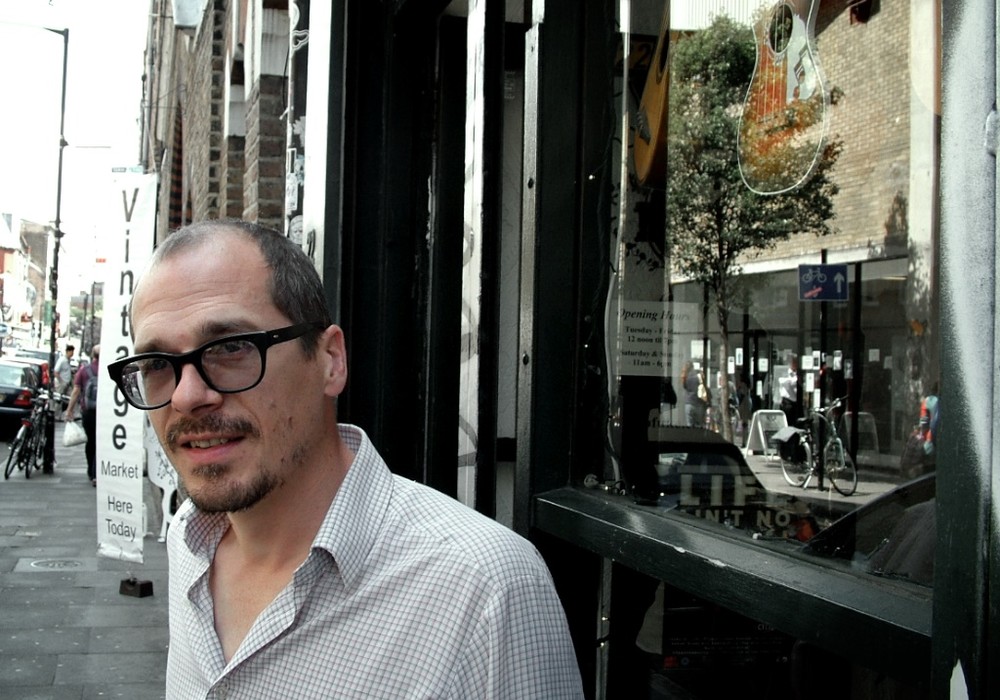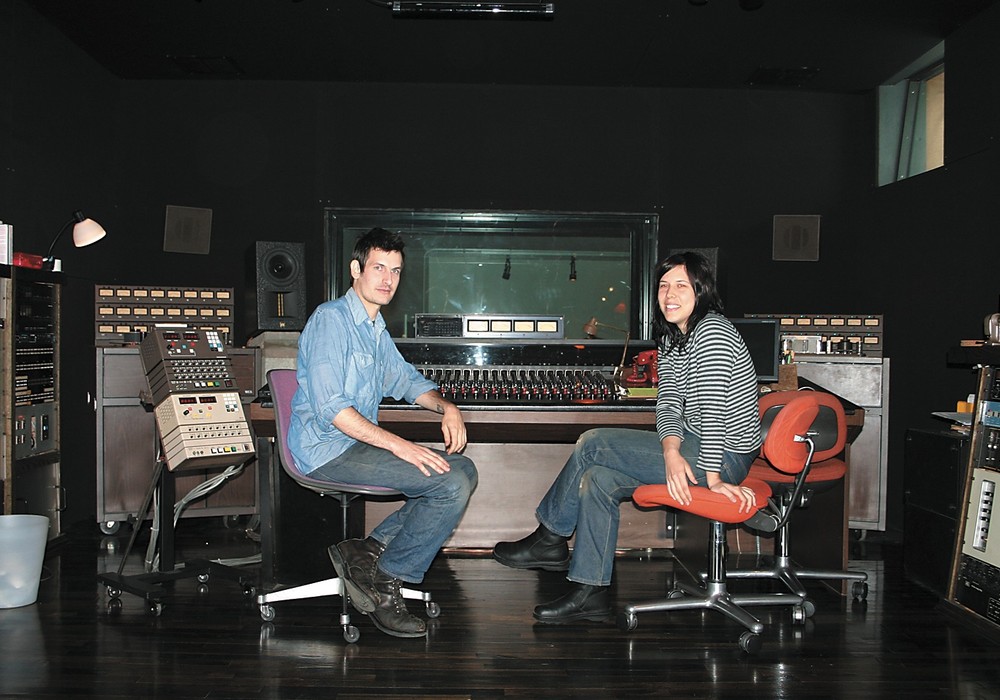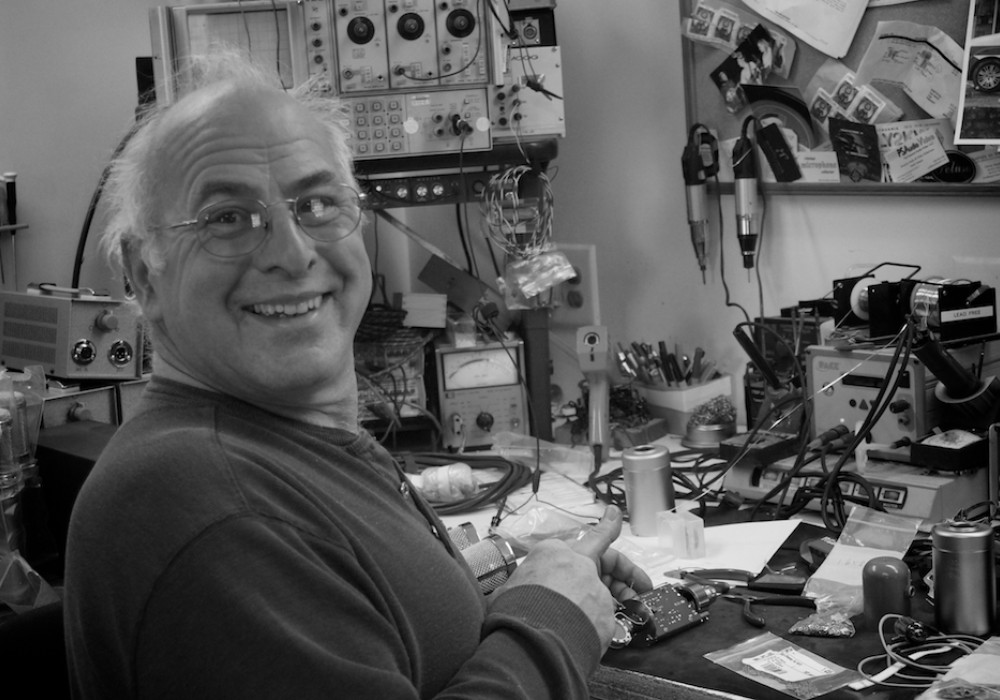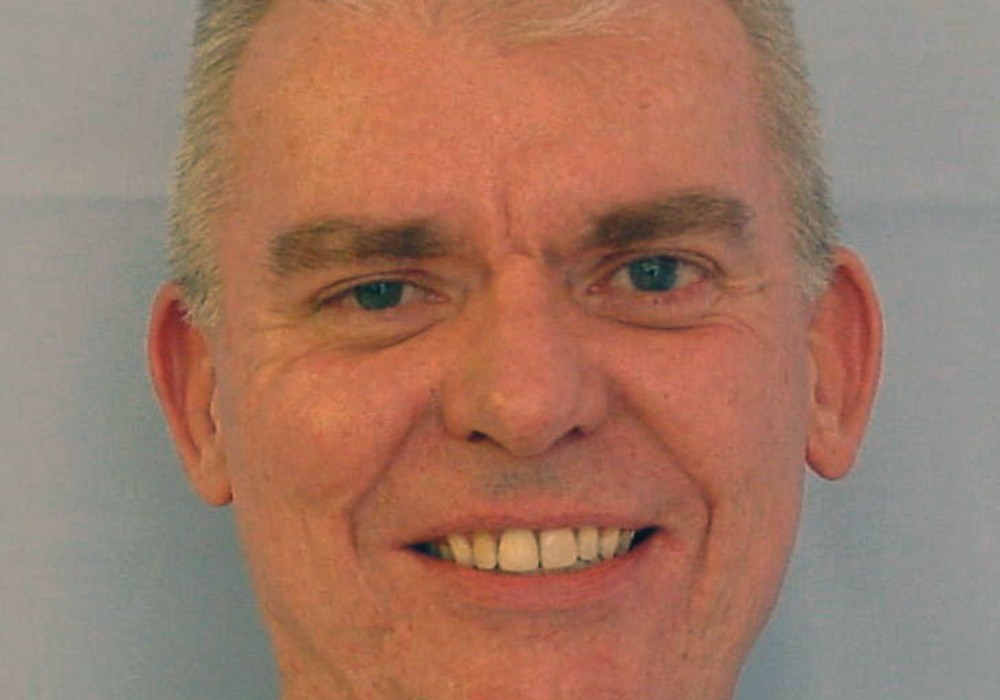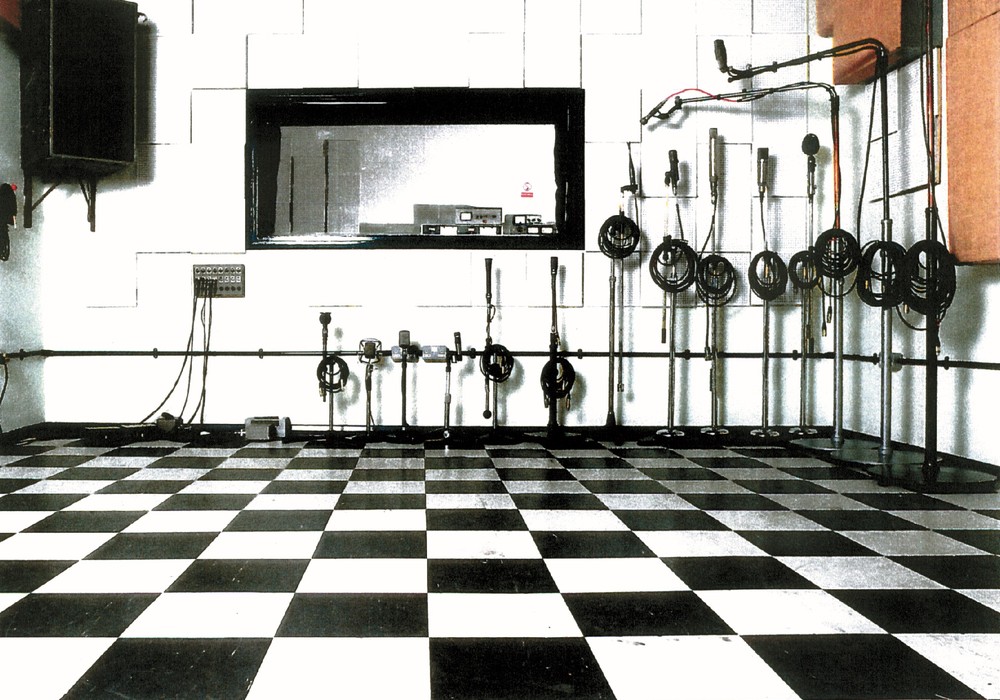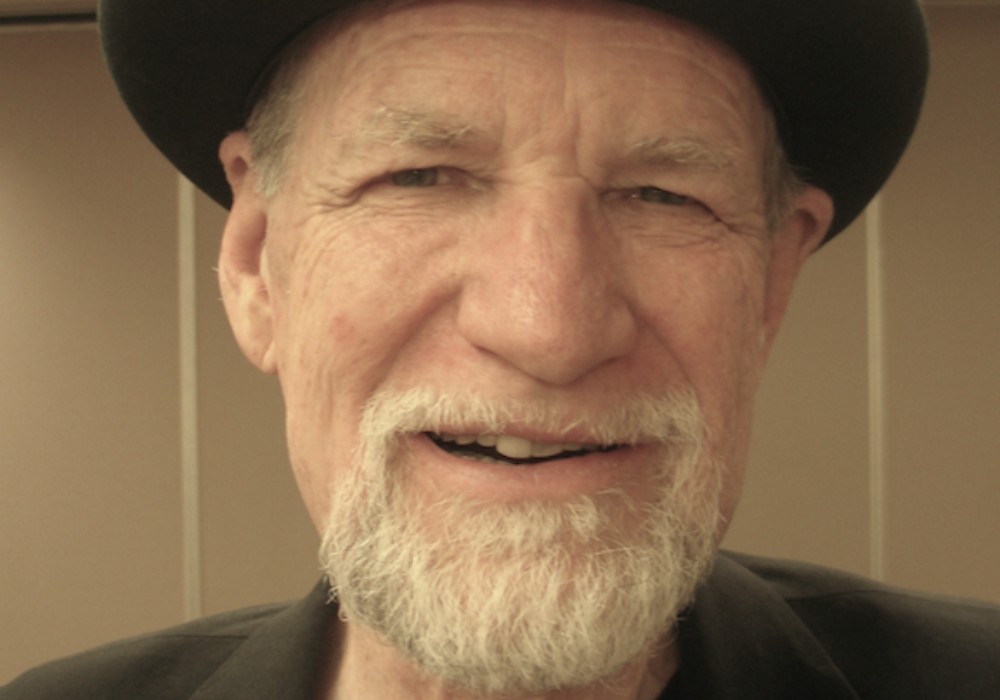Apogee Electronics recently celebrated 20 years in the business of digital audio. These days, 20 years in business is quite a long time. The following is a conversation with Apogee's lead analog designer, Lucas van der Mee. We talked about what makes a good converter, the future of digital audio and how Apogee's philosophy is making digital converts even out of some of the most hardcore analog studio engineers.
I know that you've worn a few different hats in the music biz. Tell us about that and how your previous experience led you to Apogee and influenced your current work.
Well, obviously I always had a great fascination for music and electronics — permanently looking for improving audio quality, especially making sound reproduction more musical. What my live sound experience taught me is the "no bullshit" approach. Stuff has to work under any condition at any time. So, making an occasional compromise in favor of compatibility and reliability is in the end, a much better decision. My studio days in Holland at Wisseloord were the schooling days of working and dealing with digital audio, which was at its infant stage in those days. I learned through practical experience and studying the books what digital audio could and could not do. The reason why I was attracted to it was the impulse response, the transients. I could never get that from analog. I was always disappointed how the drums came back from analog tape. You know, you set up your console, you feel every beat, it really hits your ear — and then you hear it back from tape and it is all muffled. Unlike many other engineers (US engineers especially), I loved and preferred digital and took the artifacts (harsher sound, thinner bottom end) for granted. Bob Clearmountain [Tape Op #84 & #129] introduced me to Apogee when he was working in Holland and was I assisting him. His Apogee AD-500 broke down and I fixed it for him. So that was my first contact. I really liked the converter and its philosophy. It was all about being portable and sounding good for rock and pop music, unlike the DCS and Prism converters, which I was already familiar with. They were too "clean", too sterile to my taste. Talking to the people at Apogee for tech support and acquiring equipment for our new mastering studio established a relationship and I started to do some part time work for them, like AES shows. Next, I decided to move to Los Angeles to start working for Ocean Way. They hired me for my digital expertise and I could not have made a better choice. For the first time I could hear what real good analog equipment sounded like. The ATR-124 was a killer, analog tape multitrack that not only had great warmth and bottom end, it had the transients too. Talking to many engineers who had sworn by analog, I now had a much better idea of what they did not like about digital. This knowledge piqued my interest in converters, recognizing that they were the weakest link in the digital chain. During my Ocean Way days I still worked part time for Apogee, and my first project on the side was an attempt to improve the sound of the AD-8000 (make it more analog). That became the SE. When Alan Sides (Ocean Way's owner) decided to sell half of the studios on Sunset Boulevard, I took that as a sign for a change of career. After many requests from Apogee, I finally agreed to become a full time design engineer. I felt I was ready at that point. So to answer the question in a short way, live mixing taught me that things need to work. Wisseloord studios in Holland showed me the power of digital audio and my experience at Ocean Way revealed how good analog can sound. My mission is to combine these three.
That certainly is the magic that fans of Apogee have come to know and love. But what I wonder is, at the heart of your boxes is an integrated circuit made by one of a handful of companies. Any of your competitors can go out and use the same chip. So how do you add that Apogee touch? How did you address the things that Ocean Way engineers disliked about digital?
Have two chefs make tomato soup and you are guaranteed that the dishes will taste different. Part of the secret is the ingredients, of course, but way more...
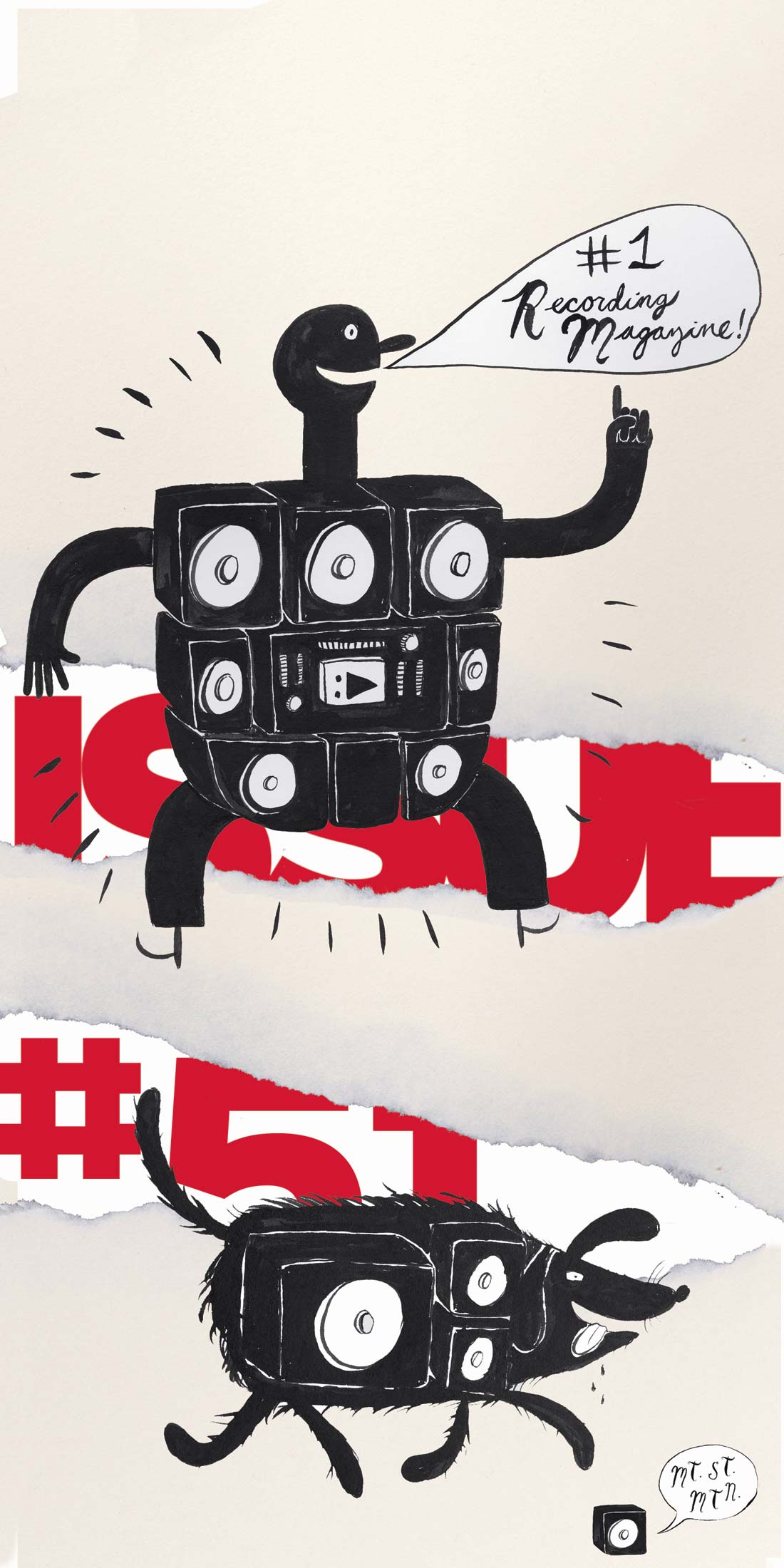



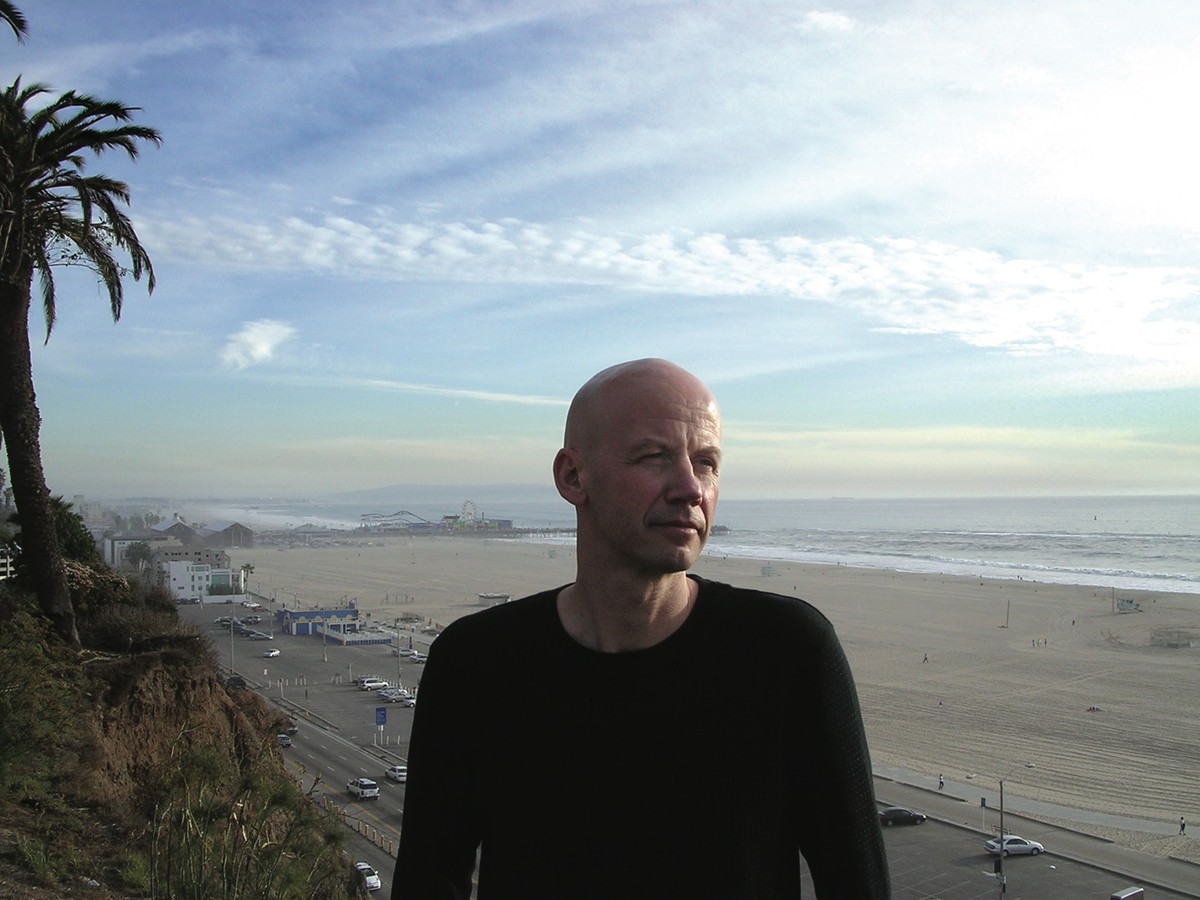


_disp_horizontal_bw.jpg)
